Succulents in oversized/tall pots
bahia
12 years ago
Featured Answer
Sort by:Oldest
Comments (21)
amccour
12 years agolast modified: 9 years agobahia
12 years agolast modified: 9 years agoRelated Discussions
Succulent Plant growing too tall and leaning
Comments (6)They look etoliated (meaning the leaves are not as close together as they should be due to lack of sufficient light). What window do you have them in (South, East, etc). They should be in a South window in the Winter, and either South or West in the Spring/Summer (if acclimated to a South window, they can stay there year round). I am suspecting that the one on the right doesn't have drainage (I can see some algae growing.... what is that potting medium that you have it in? It looks like spaghnum moss, hehe). You can pop a leaf off and make a new plant that way. As to cutting, I'm not sure about "re-doing" a succulent that looks so etoliated (I mean, I don't know where you should cut). But, I believe if you're going to do so, Spring or Summer would be better. The amount of light that Winter sun provides, not to mention you should be watering less, in addition to plants slowing down this time of year, all don't bode well for propagating this time of year. It is best done during their growth season. Planto...See MorePlease help ID this tall succulent
Comments (3)Can't quite make it out...piques my curiosity!...See Moretall succulents for containers
Comments (4)WEll, even most palms are quite drought tolerant and will do great in containers. There are literally many many hundreds of tall succulent plants that do great in containers and the list would be way too long to put here... but just about any columnar cactus would be great, many Agaves get tall, as mentioned there are tons of Euphorbia species, tree aloes, shrubby aloes, Furcraeas, Dracaenas, Beuacarneas... you have a long list to sort through for that situation....See MoreSucculent Plant growing too tall and leaning
Comments (5)Hi Floral UK, Yes I took your suggestion about the repost and will make sure that when I re-pot it will have proper drainage; bought it from a store like this though but thought it was odd there was no drainage! Thanks again,...See Morexerophyte NYC
12 years agolast modified: 9 years agopennyhal
12 years agolast modified: 9 years agobahia
12 years agolast modified: 9 years agosutremaine
12 years agolast modified: 9 years agobahia
12 years agolast modified: 9 years agohoovb zone 9 sunset 23
12 years agolast modified: 9 years agoxerophyte NYC
12 years agolast modified: 9 years agobahia
12 years agolast modified: 9 years agotapla (mid-Michigan, USDA z5b-6a)
12 years agolast modified: 9 years agopennyhal
12 years agolast modified: 9 years agowhip1 Zone 5 NE Ohio
12 years agolast modified: 9 years agopennyhal
12 years agolast modified: 9 years agomeyermike_1micha
12 years agolast modified: 9 years agotwizzlestick
12 years agolast modified: 9 years agobahia
12 years agolast modified: 9 years agotapla (mid-Michigan, USDA z5b-6a)
12 years agolast modified: 9 years agopennyhal
12 years agolast modified: 9 years agotapla (mid-Michigan, USDA z5b-6a)
12 years agolast modified: 9 years ago
Related Stories
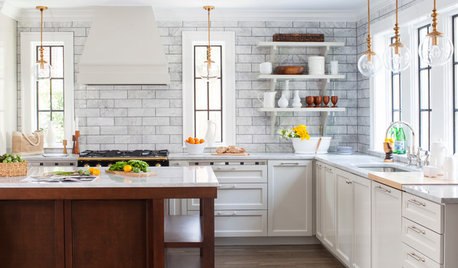
KITCHEN DESIGN7 Magnificent Oversize Backsplashes
They go up to the ceiling and don’t fall short on making a major impact. Are you ready to hop on the big-backsplash bandwagon?
Full Story
CONTAINER GARDENS3 Steps to Creating Quick, Easy and Colorful Succulent Containers
Take a bright container, add a colorful succulent or two and have a professional, summery design in minutes
Full Story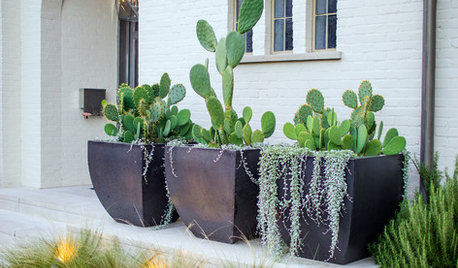
CONTAINER GARDENSCactus and Succulent Containers Are Ideal for Hot, Sunny Spots
Bring on the sun with these heat-loving succulent container gardens
Full Story
HOUSEPLANTSOne Pot, One Big Shot of the Tropics
Give your rooms exotic flair in a single stroke. Tall Kentia palm fits the tropical bill beautifully
Full Story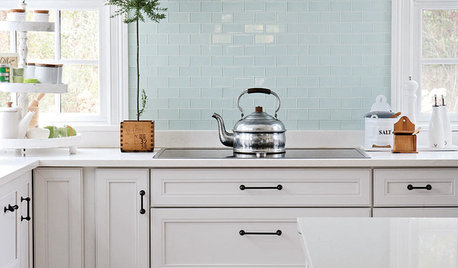
Indoor Gardening: Herbs and Succulents
Pop easy-care plants in a sunny window for beauty, fragrance and flavor all year
Full Story
CONTAINER GARDENSSolve Your Garden Border Dilemmas With Planted Pots
Set your containers free from the patio — placed among plantings in the ground, they fill unsightly gaps, let you experiment and more
Full Story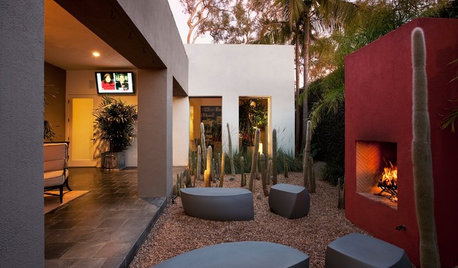
GARDENING GUIDES10 Creative Ideas for Cactus and Succulent Gardens
Arrange cactuses and succulents amid salvaged treasures, against a vibrant painted wall or in terraced beds
Full Story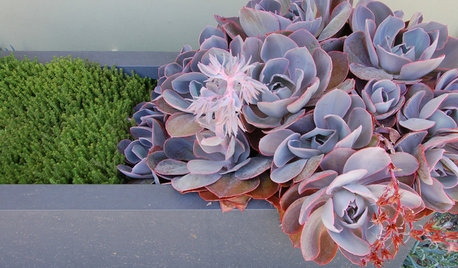
SUCCULENTSGrow a Garden of Succulents for Easy Beauty
Low-water plants in a wide range of colors, shapes and sizes? Sign us up — and check out our faves here
Full Story
GARDENING GUIDES10 Cold-Hardy Succulents for Cool-Season Interest
These attractive plants shrug off colder temperatures, and many can be brought inside in containers in extra-chilly climates
Full Story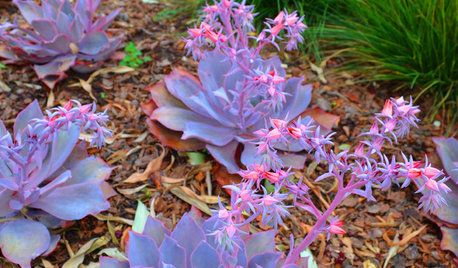
GARDENING GUIDESGreat Design Plants: Stars of the Succulent Garden
Amazing colors, exuberant blooms, low maintenance ... is it any wonder Echeveria is so popular?
Full StorySponsored
Central Ohio's Trusted Home Remodeler Specializing in Kitchens & Baths



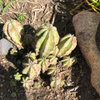
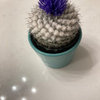
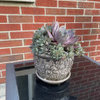
tapla (mid-Michigan, USDA z5b-6a)